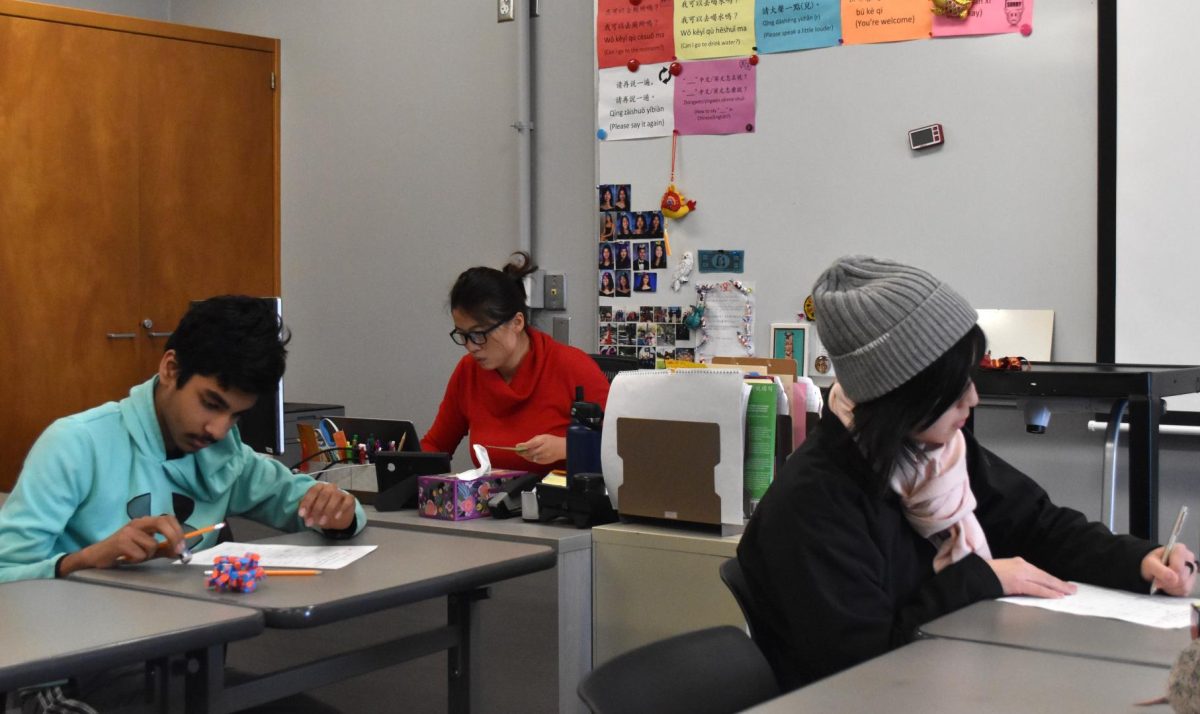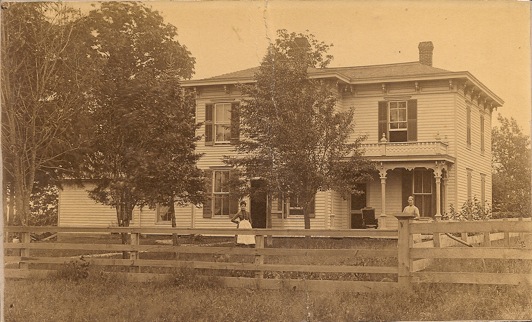Former MVHS art teacher Jodi Johnson recalls the emotional and physical toll of having to drive back and forth between MVHS and Cupertino High School every day. Currently, all MVHS teachers juggle their responsibilities creating lesson plans, grading assignments and supporting students. However, some have to do all of that but in two different school environments, ultimately adding more to their already hectic schedules. After teaching at MVHS for 17 years, Johnson decided to not follow through with the time split between MVHS and CHS this year and now works at Homestead High School.
“Teaching art makes it really difficult because there’s a lot with the medium that I teach — they’re not super transportable, like 3D design and ceramics,” Johnson said. “There’s a lot of prep materials that I would have to drive from both schools, even on days when I was scheduled to be at one school, which was really hectic.”
Similar to the overwhelming feeling Johnson developed, when Chinese teacher Zoey Liu first started teaching at Lynbrook High School in addition to MVHS, she was frustrated with the amount of work that had to be done to catch her LHS students up to the standard curriculum she teaches at MVHS. However, she believes that all her students are properly educated now and ready to take on more advanced topics.
“This year, I feel like the students at Monta Vista and Lynbrook are more aligned so I can teach the same lessons to the same level but, in the past, this wasn’t always the case,” Liu said. “When I started teaching at Lynbrook, I found out their Chinese program is pretty different from the rest of the district because they don’t place students according to how well they did on the Chinese placement test.”
After the bell rings and class is dismissed, Liu says that she is always in a rush to find space to work after classes, limiting the amount of time she can help her students at LHS. She adds that the little tutorial time she has to help her MVHS students also cuts into her own schedule.
“We only have five minutes after class, so you need to pack everything you have and there’s no time to talk with students who have questions,” Liu said. “Another issue is there’s no way to make the tutorials. I’m only here at Monta Vista for Monday’s tutorial, which means if my Monta Vista students need more time with me, we have to schedule time during brunch, lunch or seventh period, if they don’t have it. So that’s more of our own personal time.”
PE 9 teacher Dasha Plaza, who works at both MVHS and LHS, agrees with Liu’s statement about the conflict in tutorial time. She explains how the small PE department at MVHS adds to this issue, as she cannot help supervise students while being at LHS for half of a week.
“Our school dynamics and school climate have changed over time,” Plaza said. “When I first started at MVHS, we had seven teachers in the department and now we’re down to three. We have issues with the teacher ratio in the locker room— sometimes when we have two male teachers, there isn’t any female supervision. It’s also challenging to offer tutorials and be available for my students.”
As a teacher, Johnson says her goal is to make strong connections with her students. Being at both MVHS and CHS last year prevented her from being able to form these relationships with all of her students, marking this as one of the pivotal factors in her decision to transition to teaching at one site.
“For me, teaching is being able to have my room open at lunch, tutorial and brunch, being a space where students can come and hang out or work,” Johnson said. “Because I was at two sites and not being there long enough, I wasn’t able to make those connections and it just felt like more of a job rather than doing something that makes me happy.”
“Because I was at two sites and not being there long enough, I wasn’t able to make those connections and it just felt like more of a job rather than doing something that makes me happy.” — Jodi Johnson
Liu agrees with Johnson, but also expressed appreciation for the guidance that her new colleagues gave her to adjust to her new job. Apart from the ups-and-downs Liu went through, such as teaching students who were incorrectly placed in higher level classes or working in a library corner during prep periods, she believes that meeting new teachers is one advantage of her split-site job.
“Most teachers do not want to travel between two campuses, so I believe that there are more cons than pros,” Liu said. “However, as a new teacher at Lynbrook, I got to meet more teachers who are very nice and willing to help me. They have also shown me how passionate they are about teaching, and that is very inspirational for me — I am grateful to have colleagues like that.”























